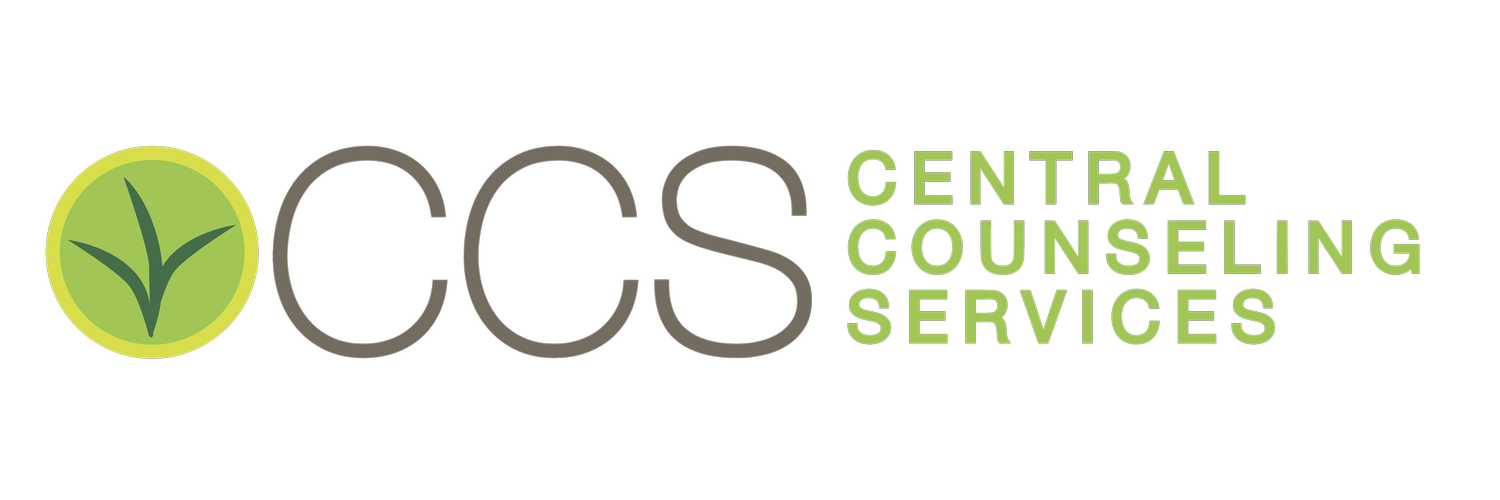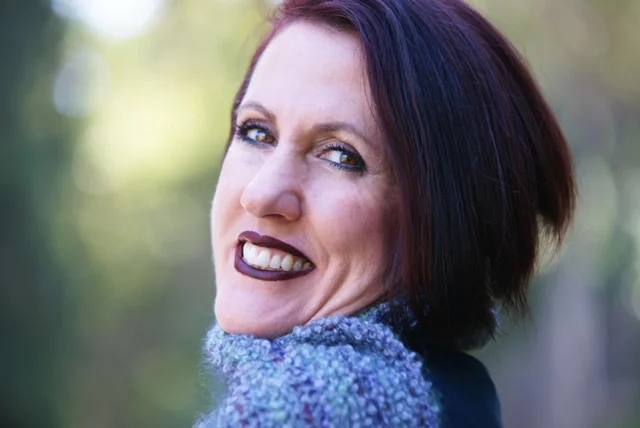According to the Anxiety and Depression Association of America, 40 million people (18%) in the Unites States experience an anxiety disorder in any given year. The rates of anxiety are increasing in children and it is believed that 8% of children are now experiencing anxiety prior to the age of 18. It is the most commonly diagnosed mental health disorder with approximately 1/3 of those struggling with anxiety receiving treatment.
For those with anxiety, the holidays can seem very overwhelming. There are many reasons why this might be the case. Holidays increase the number of tasks required (shopping, cooking, gift giving, preparing the home for guests, less time for physical fitness, etc.) for someone who is already trying to manage day to day life. For those who brave shopping in overcrowded stores, this can present as a trigger all of its own. In addition, holidays can present as a yearly reminder of lost loved ones, changes in families caused by divorce or separation, and can add to already existing financial stressors.
I am sure the first thought must be, how can I add something to my already crazy daily schedule when I am struggling already? If you already experience anxiety and this is speaking to you, I would like to share with you the benefits of including mindfulness into your day with some ideas that can be incorporated in 5-10 minutes or less. I have shared some of these ideas with my clients in sessions and have heard back that they were helpful. I hope that some of the 5 ideas listed below are helpful to you as well.
Close your eyes. Take one deep breath in through your nose, hold for a count of three, and release your breath in an audible sigh. Repeat three times, open your eyes, and return to your day. This breath work can be especially helpful for helping to slow an increased heart rate that is often a symptom of anxiety. If shopping in crowded stores is a trigger for you, this exercise may be used in public places too, but perhaps with eyes open.
Gentle yoga stretching can offer some relief from muscle tension often associated with anxiety. You needn’t be an experienced yogi to stretch and get benefits, nor does this require a large amount of flexibility. A gentle bending position (you can touch your toes if you like, but if your body does not bend that far, it is ok to not touch them) called forward fold can help reset your breath. As in the first exercise, breathe in through your nose and release through the mouth. Another stretch called “legs at the wall” can be a good relaxation stretch as well. In this stretch, you lie on your back with your bottom up against the wall and your legs resting against the wall. It does not matter if they are flat against the wall. If your hamstrings are tight, this would be uncomfortable, so feel free to give yourself as much space as you need. Both of these stretches are inversion stretches, which means your head is below heart and they are known for inducing relaxation. As in the first exercise, breathe in through your nose and release through the mouth. You might even pay attention to the rise and fall of your chest while you are breathing, and center all of your thoughts there. Take your time getting up from forward fold. Also, for legs at that wall, turn to your right side and pause for a minute or two before pulling back up to a standing position. It is important to take this moment to allow the blood in your body to return to its normal rhythm and lessen any possibility of feeling lightheaded.
Body scanning can be a great way to identify where you are storing your stress and anxiety in your body. You can scan in a sitting or lying down, whichever you prefer. If it helps, turn off the lights, and close your eyes. Quiet, instrumental music can be helpful in screening out any outside noise for some people. Begin with your head and pay attention to any sensation. Mentally travel from the top of your head down your forehead, to your cheekbones, down the back of your head and note any sensation. Pay close attention to anything that feels like tension or discomfort. You can maintain a gentle breathing pattern in through your nose and out through your mouth as you travel down your body. Continue until you make your way through your torso, your arms, hands, fingers, upper legs, lower legs, feet, and toes.
Use guided visualization to allow your mind to take you somewhere that you typically find a relaxing place. For some, this can be the sounds of the waves crashing at the beach, for others, a wooded landscape, and still others a comfortable place in the home. Close your eyes, picture yourself there, and think of the other sensations you might encounter there that bring you relaxation. It might be a salty sea breeze, or the smell of pines in the forest. As with the other exercises, allow your breath to fall into a gentle movement. You might pair it to the movement in your imagery.
Lastly, gratitude journaling can offer a nice alternative for replacing thoughts that are often centered on stressors. You may find this is easiest to do first thing in the morning (in which case, you might reflect on your previous day) or just before bedtime or even sometime in between these times. The goal is to center your thoughts on something positive about your day, and write it down. It can be anything. It might be a nice smell from the garden, a hug from a friend, a compliment from a stranger, or even a cuddle from a pet. If you really enjoy this exercise, you can add to your list. I enjoy making a list of 3, but this is completely up to you.
If you continue to have anxiety symptoms after the holidays it may be time to seek professional help. Central Counseling Services invites you to contact them to set-up an appointment to talk to Colleen or another caring therapist by calling (951) 778-0230. We have two locations, Riverside and Murrieta to serve you.
Colleen Duggin, LCSW has vast experience working with children and families. She is an expert with families and children dealing with Anxiety, ADHD, Autism, and Obsessive-Compulsive Disorder. Colleen feels it’s an honor to help parents and children restore control, peace and calmness back into the family. She is a believer that there are no excuses to not have control of your life.


